Kauri Rescue project lead Dr Ian Horner (Plant & Food Research) says fifteen years ago this would never have been possible.…
News & Events
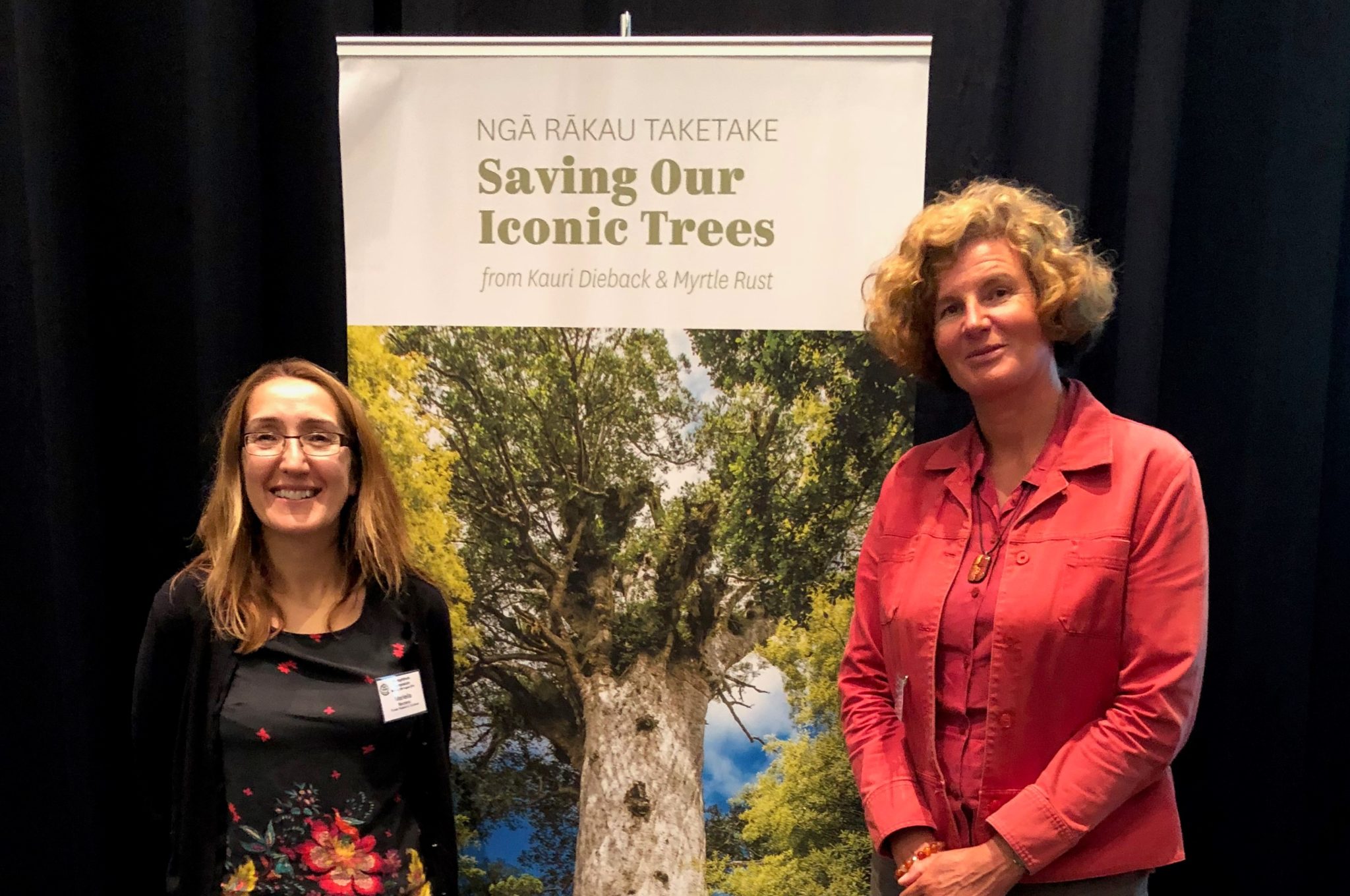
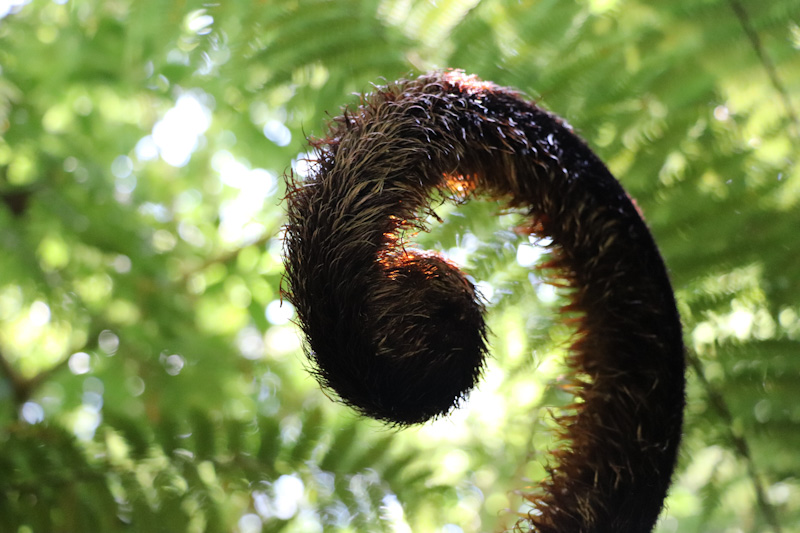
Priority research investment: Māori-led research
Social-ecological systems are a crucial element in the long-term preservation of our taonga species and ecosystems, so our aim is…
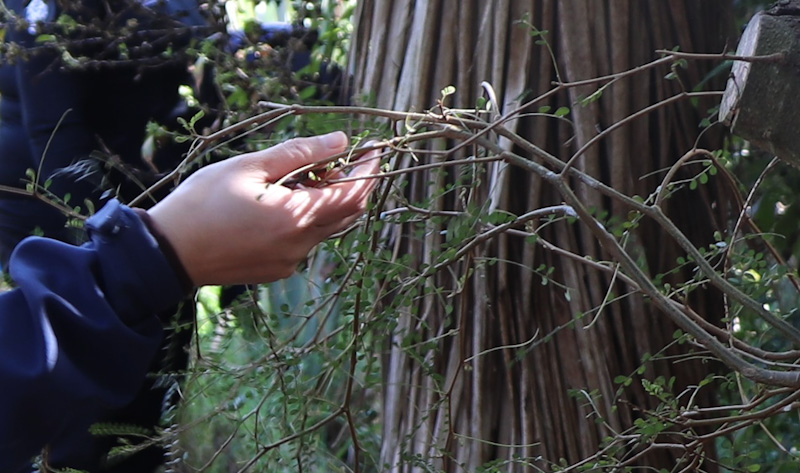
Priority research investment: Surveillance
In order to know the full effect of kauri dieback and myrtle rust we must closely observe them as they…
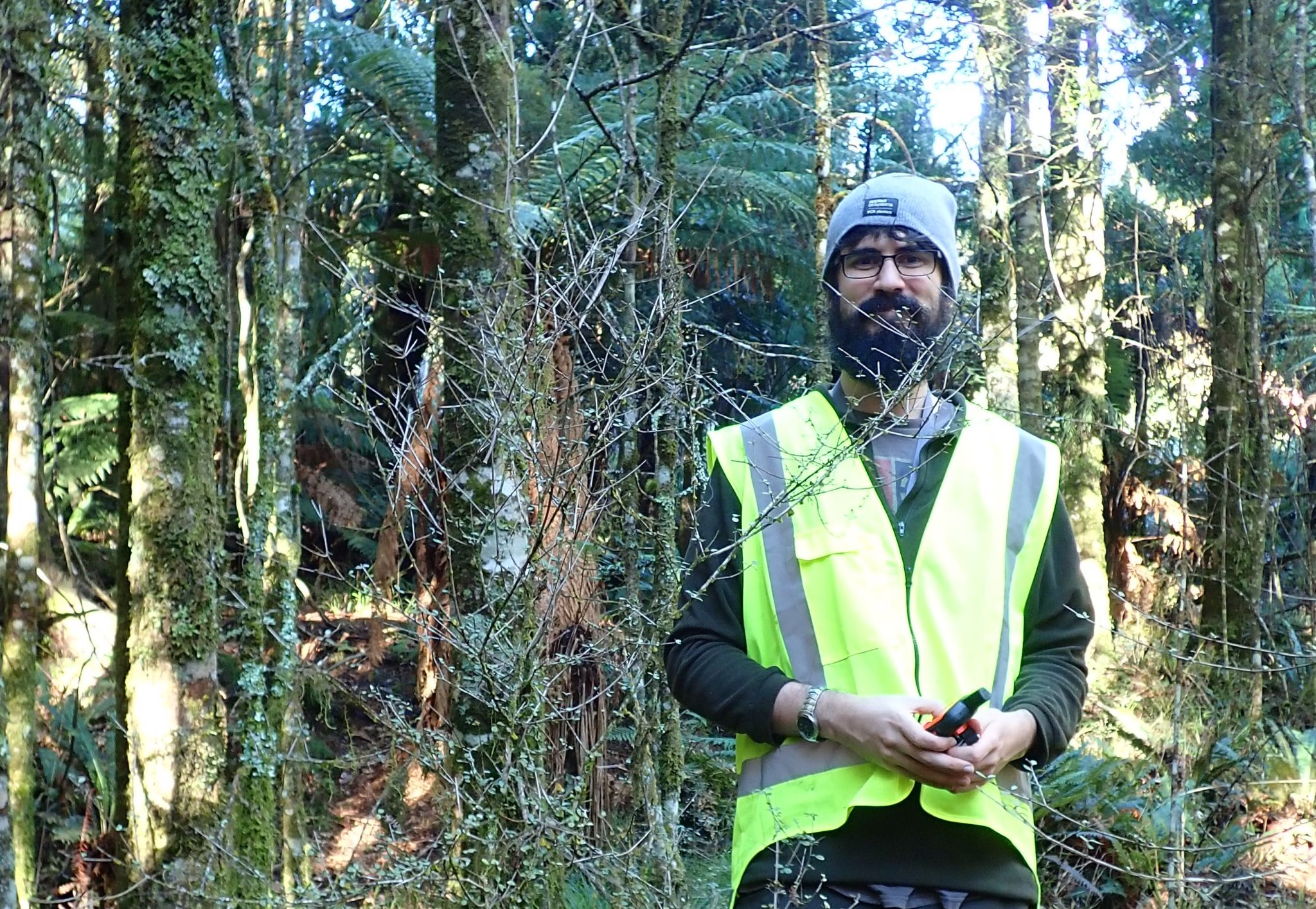
Taking a look at the sex life of myrtle rust
The invasive pathogen infects native New Zealand trees in the Myrtaceae family, such as pōhutukawa and mānuka, causing dieback and…
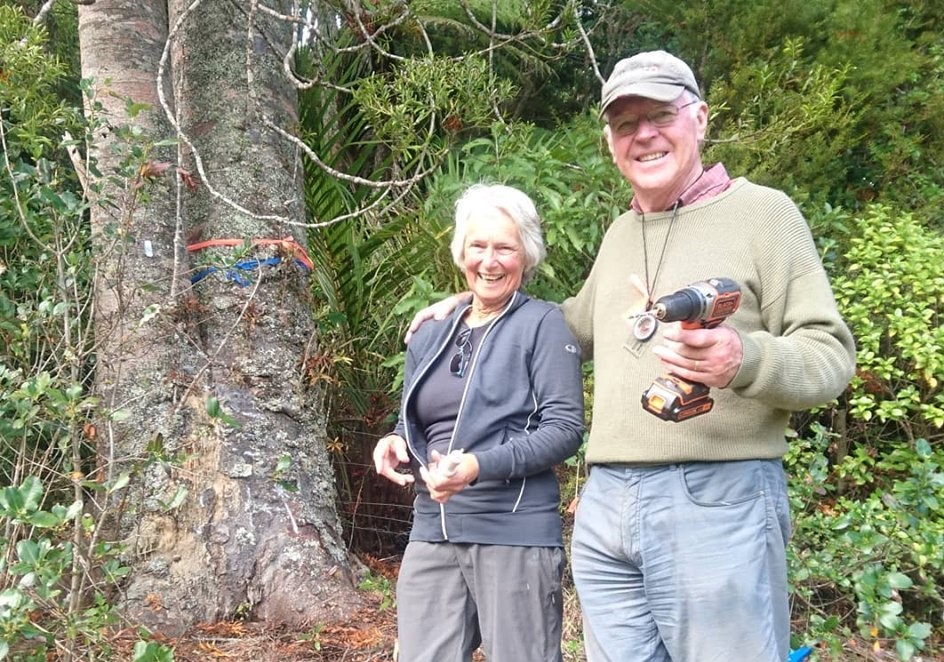
Kauri Rescue going strong after new lease on life
Initially supported by the BioHeritage Challenge, Kauri Rescue was set up to help treat kauri dieback on private property during…
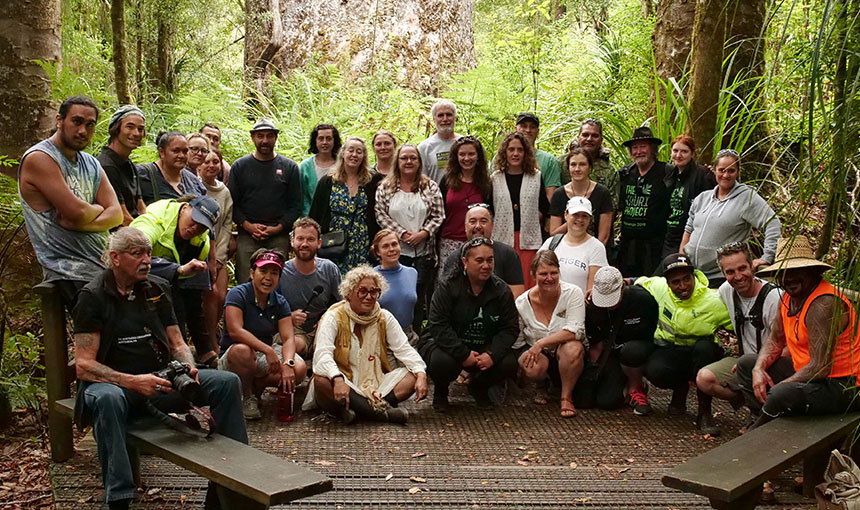
Mātauranga Māori, Western science and art combine in Northland
The synergy of mātauranga Māori, Western science and storytelling through art was front and centre at a this wānanga in Northland.
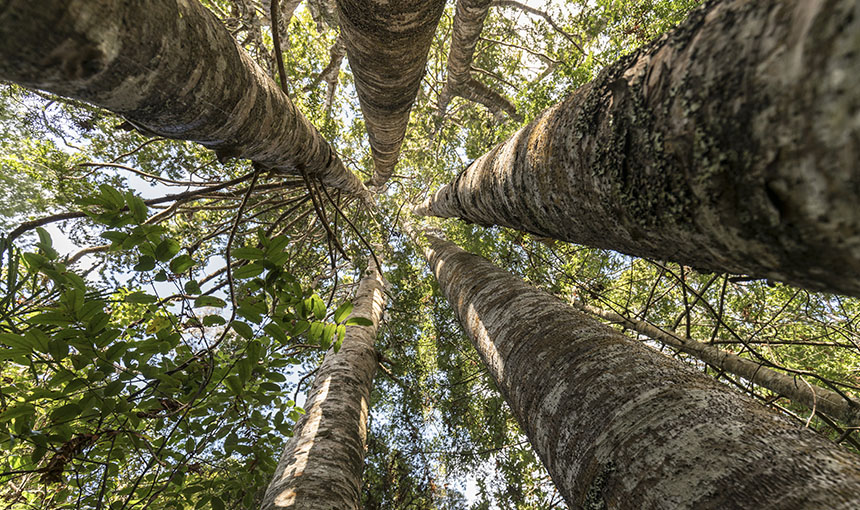
Nurseries no longer safe for kauri dieback
The pathogen that causes kauri dieback disease might be harboured and spread through plant nurseries, but a solution may have been found.
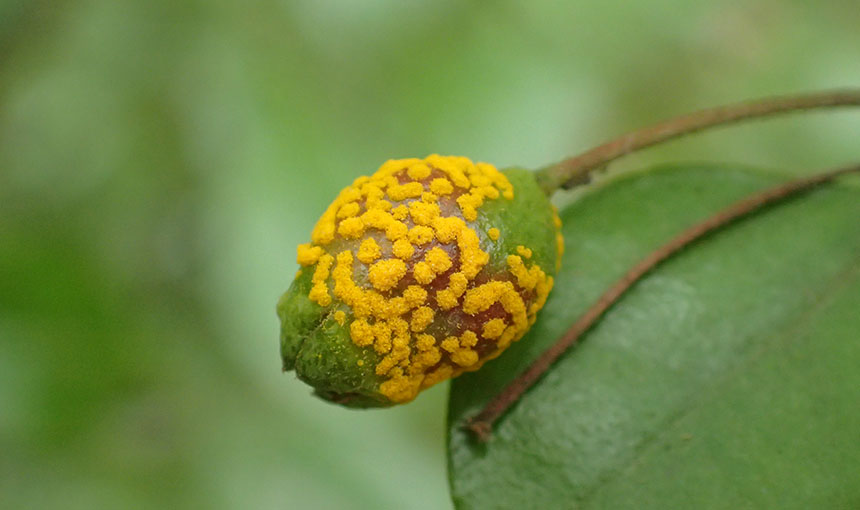
Myrtle Rust Programme takes its first steps
An innovative new research stream, Myrtle Rust Programme is set to bolster New Zealand’s ability to respond to plant pathogens.
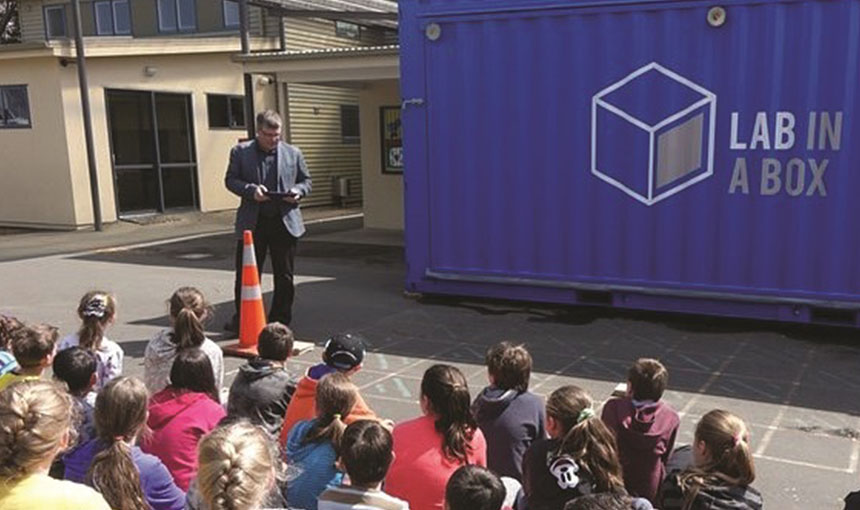
Te Kura o te Kauri gets the green light
Dr Monica Gerth is leading work on Te Kura o te Kauri – The School of the Kauri.
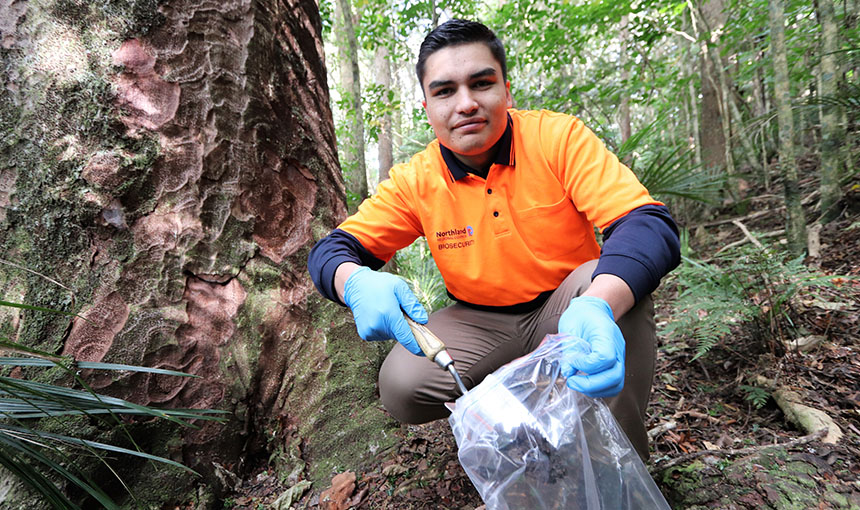
BioHeritage student success
A former BioHeritage student has secured himself a job in a specialist kauri dieback team within the Northland Regional Council.